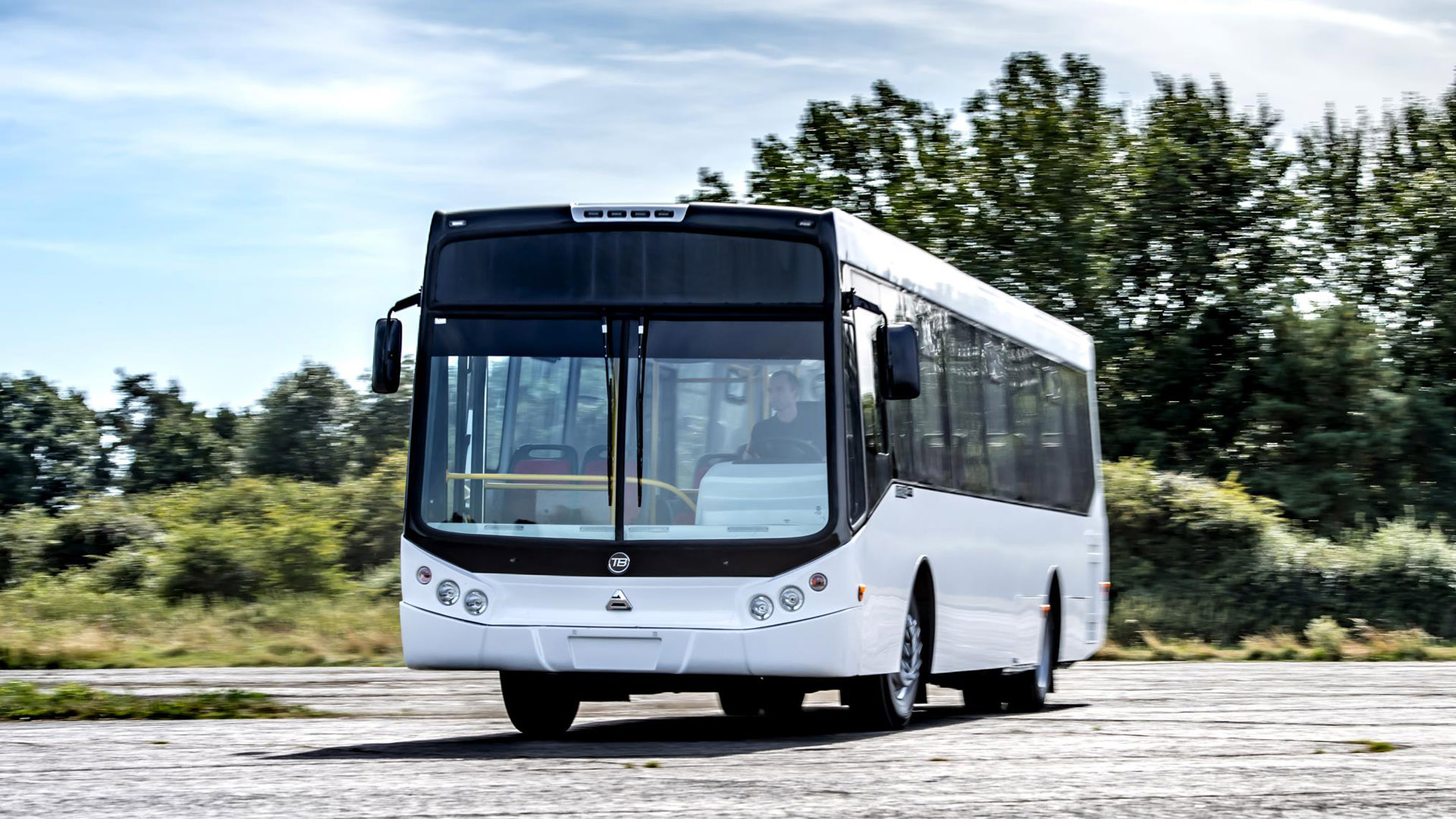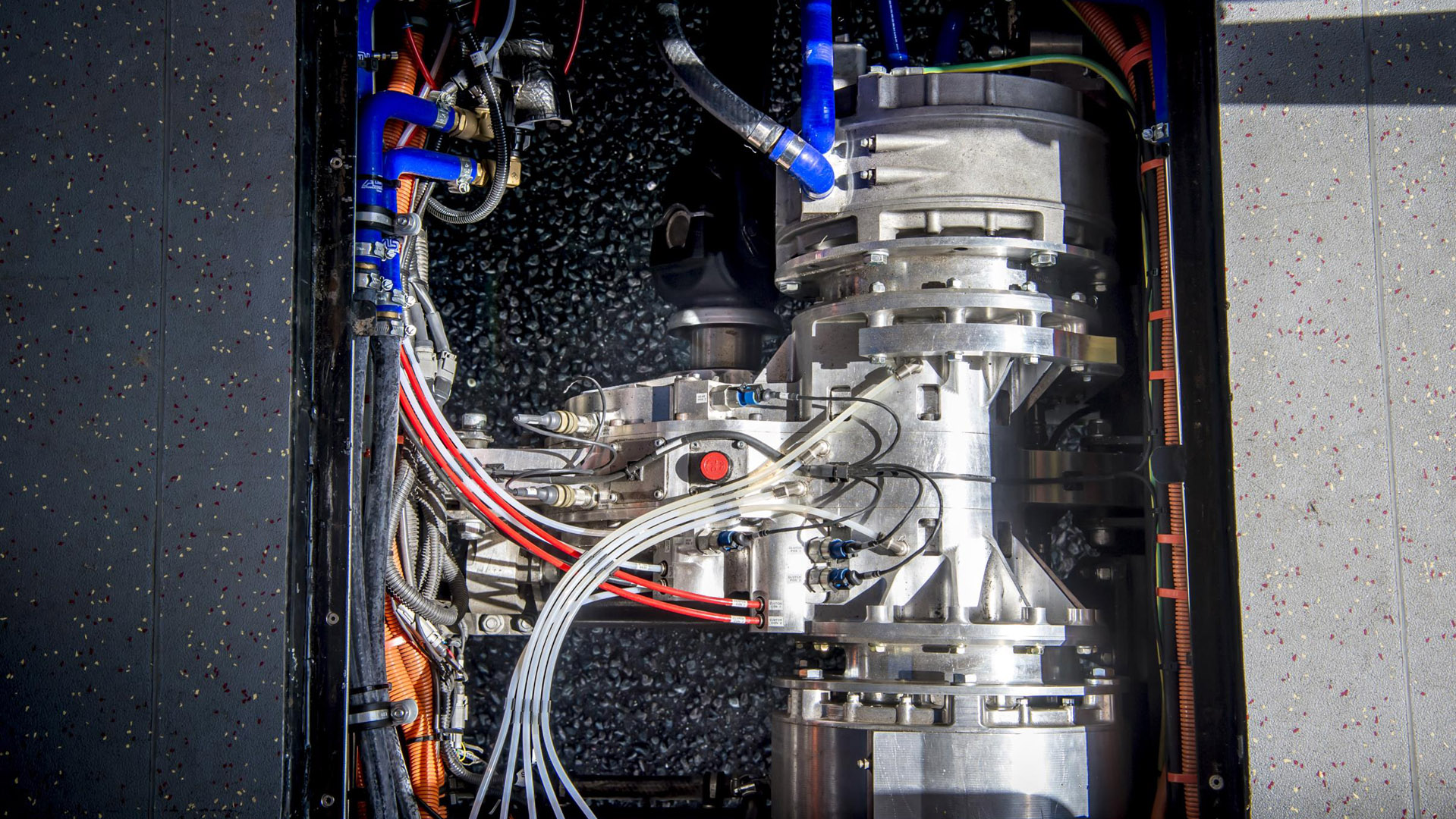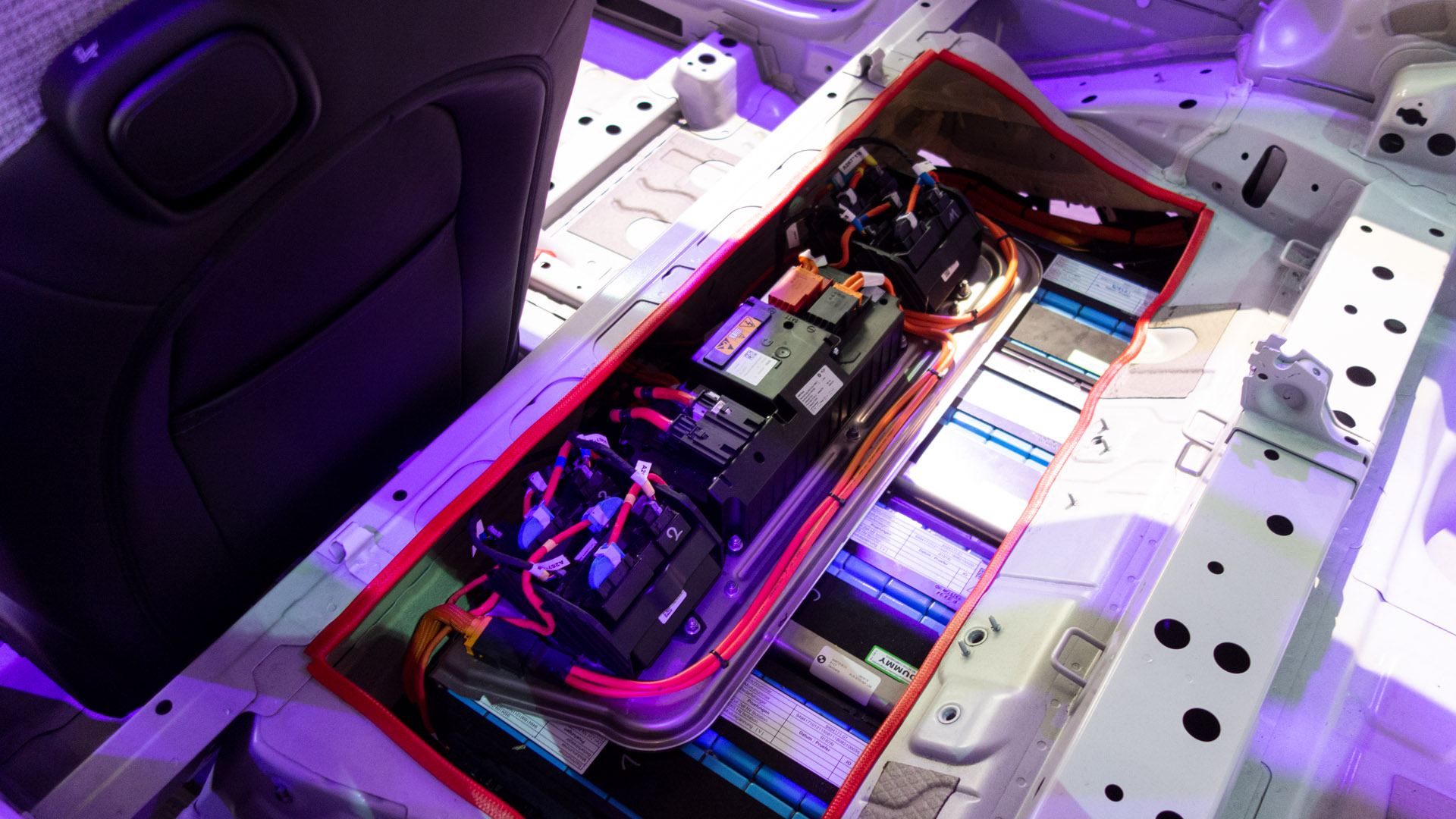By 2024, the UK’s electric bus fleet will be the largest in Europe, as numbers are set to grow by almost 180%. The primary technology fuelling the shift is the lithium-ion (Li-ion) battery, which although more sustainable, brings fresh fire risks to the transport sector. Once damaged, through overcharging, mechanical failure, physical impact or overvoltage, for example – there can be huge fire safety consequences.
As traditional fire suppression systems are designed for combustion engines, they won’t adequately protect against the fire risks for electric buses and coaches. To better understand the new fire risks that could arise with fully electric bus fleets, TotallyEV reached out to James Mountain, Sales and Marketing Director at Fire Shield Systems.
Read next: Equipmake is creating the world’s most power-dense electric motor
The rising risk
Cities including London, Coventry and Oxford are leading the way for electric bus adoption, while many other cities across the UK are beginning to set clear restrictions of low-emission zones to improve public health and reduce CO2 emissions, impacting HGVs, buses, taxis and private cars.

Alongside this, a staggering £120 million is planned to be made available through the Zero-Emission Buses Regional Area (ZEBRA) scheme, supporting the UK government’s wider pledge to introduce 4,000 zero-emission buses.
As sustainable transport – including EV buses and coaches – develops across the UK, and pledged government support implies exponential growth, new fire safety measures need to be considered to protect fleets and passengers effectively.
Buy a car phone mount on Amazon (Affiliate)
A unique challenge
EV buses and coaches are largely considered a safe and sustainable alternative to combustion engine vehicles. However, the Li-ion battery that powers them comes with its own safety risks. If these are not addressed, consequences to bus fleets and passengers can be severe.
Should a Li-ion battery be exposed to high temperatures, overcharging, mechanical failure or suffer physical impact, its cells can internally short circuit. The battery will then produce excess heat, triggering a chemical reaction. This state is known as ‘thermal runaway’, in which the battery’s excess heat will produce more heat. In turn, this can cause ignition, toxic gas emissions and in some cases, large explosions.

Once in thermal runaway, batteries are able to produce their own sources of oxygen from within the cells, propelling flames and creating the need for a new suppression solution.
Although electric battery fires are much less common than traditional engine fires, when they do occur, they are extremely dangerous. This year in Germany and China, there have been a number of fires, leading to the destruction of multiple electric buses that were left charging.
Read next: Should you buy a used electric car?
Mitigating the risk
There are a number of practical steps that can be taken by OEMs and bus operators to manage these fire risks. These include:
- Charging
Buses that are left overnight to charge create huge fire risks, as the small Li-ion battery components will build up and store lots of energy. To minimise these risks, charging stations should be monitored at all times when in use, and buses immediately disconnected once charged.
- Storage
EV bus storage and parking require further risk assessments. This includes assessing the proximity to other vehicles or combustible materials, increasing this space where possible.
It can also take some time for thermal runaway to take place, and damage that occurred during the operating day can trigger thermal runaway during storage overnight. Parking and storage should therefore be continuously monitored to quickly recognise and mitigate any risks that arise.
- Suppression
Fire suppression systems designed for traditional combustion engines are not able to fully protect against Li-ion battery fires. Effective protection, therefore, requires a unique solution.
Read next: Government car grant for electric cars: A complete guide on the PICG
The need for a new suppression solution
Electric bus suppression systems should aim to prevent thermal runaway. Where this isn’t possible, systems should act to delay propagation, allowing passengers and drivers time to evacuate and for the fire to be contained.
Extensive testing and research carried out by Dafo Vehicle Fire Protection and RISE (Research Institute of Sweden) during an EU-funded initiative, has developed a new type of suppression solution that addresses the fire unique risks that electric buses and vehicles present.
This new battery suppression system (Li-IonFireTM), has explored all fire risks associated with battery spaces, incorporating charging risks and how to handle EVs after a crash.
The research found that, even with late deployment, the system can delay a battery from reaching thermal runaway, increasing the chances of safe evacuation for passengers. Li-IonFireTM provides an early warning system and spot cooling for the battery to prevent thermal runaway, whilst containing and suppressing a fire.
Read next: The Decarbonisation Plan: What does it mean for fleets?
A safer future for the UK’s electric buses
Ensuring that fire safety measures keep up with the growing number of electric buses is key to protecting lives, property, vehicles and other valuable assets. Standards are slowly following change, but to ensure maximum safety, OEMs, vehicle maintenance teams and operators have a key part to play.






